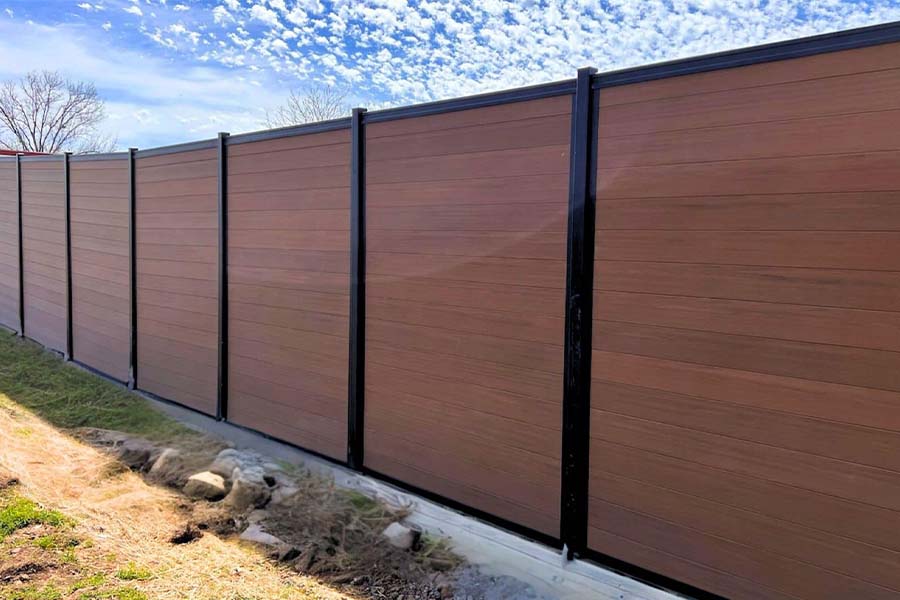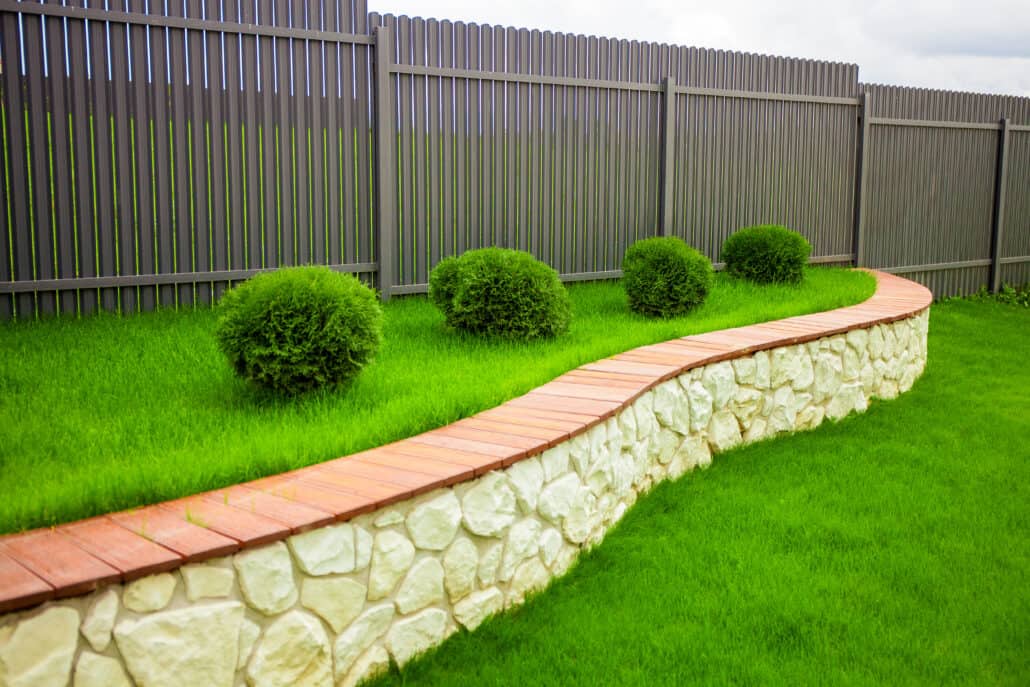Featured
Selecting the appropriate fence for your home involves cautious consideration of capability, visual appeals, budget plan, and lasting maintenance. Whether you're seeking to enhance privacy, boost curb charm, or secure your residential property, comprehending your alternatives will aid you make an educated decision. Right here's a detailed guide to picking the optimal fence for your requirements.
![]()
Personal Privacy: Tall, solid fencings like timber or vinyl are excellent for obstructing exposure. Safety: Strong materials like light weight aluminum or steel give a safe and secure obstacle. Visual Appeal: Ornamental fencings, such as wrought iron or picket designs, boost aesthetic appeal. Containment: For pet dogs or youngsters, fences like chain-link or plastic are sensible options. Noise Decrease: Thick materials, such as composite fence, can help moisten sound. Clearly determining your objectives will limit your choices dramatically.
Timber: Provides an all-natural, classic look and is highly adjustable yet calls for normal upkeep. Plastic: Reduced upkeep and durable but might have a greater preliminary cost. Aluminum: Lightweight, rust-resistant, and stylish, though not perfect for personal privacy. Chain-Link: Inexpensive and functional yet lacks visual appeal and privacy. Wrought Iron: Decorative and resilient however can be expensive and calls for maintenance. Composite: A blend of timber and plastic, providing durability with a wood-like look. Select a material that lines up with your top priorities and matches your home's design.
![]()
Low Maintenance: Plastic, aluminum, and composite fencings need periodic cleaning. Modest Upkeep: Wrought iron fencings might need painting to stop corrosion. High Upkeep: Timber fencings need routine staining, securing, or paint. Take into consideration how much time and initiative you're prepared to invest in maintenance throughout the years.
A picket fence suits a conventional home. A contemporary property might look finest with smooth, minimalist fence products like plastic or metal. A rural residential property may take advantage of rustic wood or split-rail secure fencing. 7. Look For Specialist Recommendations. Consulting a fencing professional can help guarantee you choose the right product, style, and installment process for your home. Specialists can analyze aspects like soil kind, climate, and incline to suggest the most suitable alternatives.
Conclusion. Selecting the ideal fence for your building entails stabilizing performance, appearances, and cost. Begin by determining your goals, exploring materials, and considering maintenance and budget. With thoughtful planning and professional suggestions, you can discover the excellent fencing to enhance your home's value, safety, and beauty for years to find.
- Specify Your Purpose. The very first step in selecting a fencing is identifying why you need one. Usual purposes include:

Personal Privacy: Tall, solid fencings like timber or vinyl are excellent for obstructing exposure. Safety: Strong materials like light weight aluminum or steel give a safe and secure obstacle. Visual Appeal: Ornamental fencings, such as wrought iron or picket designs, boost aesthetic appeal. Containment: For pet dogs or youngsters, fences like chain-link or plastic are sensible options. Noise Decrease: Thick materials, such as composite fence, can help moisten sound. Clearly determining your objectives will limit your choices dramatically.
- Think About Material Options. Each fencing product has one-of-a-kind top qualities, benefits, and downsides. Right here's a fast summary:
Timber: Provides an all-natural, classic look and is highly adjustable yet calls for normal upkeep. Plastic: Reduced upkeep and durable but might have a greater preliminary cost. Aluminum: Lightweight, rust-resistant, and stylish, though not perfect for personal privacy. Chain-Link: Inexpensive and functional yet lacks visual appeal and privacy. Wrought Iron: Decorative and resilient however can be expensive and calls for maintenance. Composite: A blend of timber and plastic, providing durability with a wood-like look. Select a material that lines up with your top priorities and matches your home's design.

- Variable in Upkeep Needs. Different secure fencing materials call for varying levels of care:
Low Maintenance: Plastic, aluminum, and composite fencings need periodic cleaning. Modest Upkeep: Wrought iron fencings might need painting to stop corrosion. High Upkeep: Timber fencings need routine staining, securing, or paint. Take into consideration how much time and initiative you're prepared to invest in maintenance throughout the years.
- Review Your Budget plan. Secure fencing expenses include both materials and installation. While chain-link and wood are generally extra affordable in advance, materials like vinyl and light weight aluminum might save cash over time as a result of reduced maintenance needs. Furthermore, consider possible upgrades, such as gates or ornamental components, when establishing your budget.
- Check Regional Rules and HOA Policies. Prior to settling your choice, speak with local zoning regulations and home owner organization (HOA) guidelines. Some areas have height limitations, product limitations, or layout standards that may influence your choice.
- Suit the Fence to Your Residential or commercial property's Design. The layout of your fence should match your home and landscape. For instance:
A picket fence suits a conventional home. A contemporary property might look finest with smooth, minimalist fence products like plastic or metal. A rural residential property may take advantage of rustic wood or split-rail secure fencing. 7. Look For Specialist Recommendations. Consulting a fencing professional can help guarantee you choose the right product, style, and installment process for your home. Specialists can analyze aspects like soil kind, climate, and incline to suggest the most suitable alternatives.
Conclusion. Selecting the ideal fence for your building entails stabilizing performance, appearances, and cost. Begin by determining your goals, exploring materials, and considering maintenance and budget. With thoughtful planning and professional suggestions, you can discover the excellent fencing to enhance your home's value, safety, and beauty for years to find.
Latest Posts
Why Metro Detroit Homeowners Depend On Bath Fitter for Restroom Remodeling
Published Apr 21, 25
1 min read
Get Pre-Qualified for Financing at Ron Marhofer Hyundai of Cuyahoga Falls
Published Apr 21, 25
1 min read
Your Regional Flooring Experts in Orland Park, IL
Published Apr 21, 25
1 min read
More
Latest Posts
Why Metro Detroit Homeowners Depend On Bath Fitter for Restroom Remodeling
Published Apr 21, 25
1 min read
Get Pre-Qualified for Financing at Ron Marhofer Hyundai of Cuyahoga Falls
Published Apr 21, 25
1 min read
Your Regional Flooring Experts in Orland Park, IL
Published Apr 21, 25
1 min read